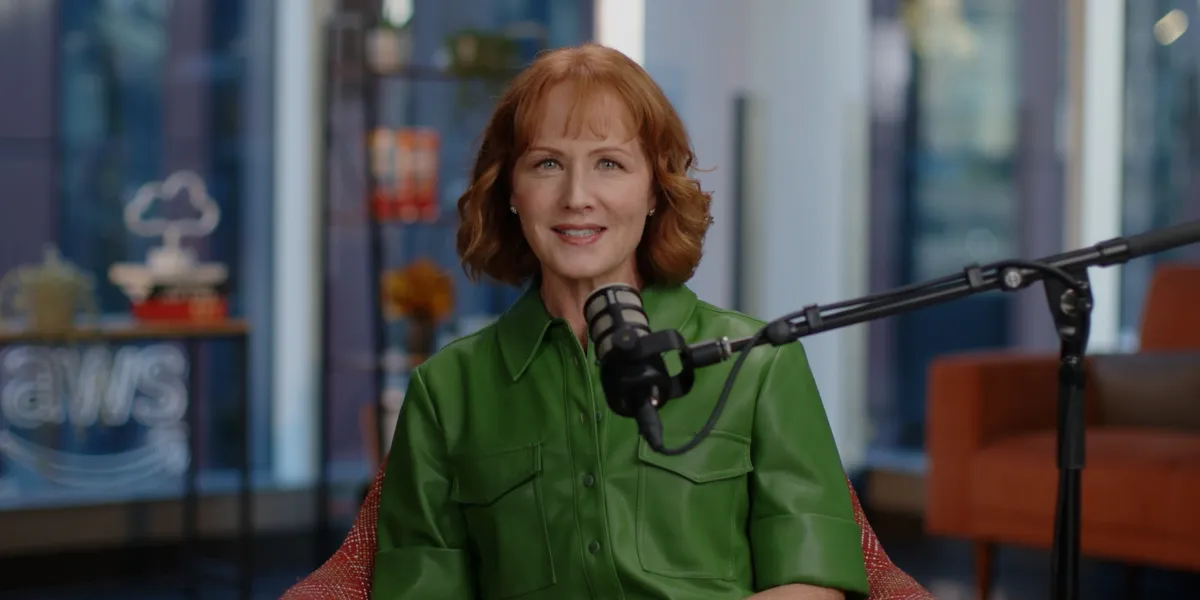
At Amazon Web Services, CMO Julia White describes the shift as one toward greater business accountability. “CMOs need to be business leaders,” she says. “You need to understand the business you’re part of and how the marketing discipline is in service to that.”
It’s a subtle yet significant change, from running campaigns to running part of the business. That focus on measurable outcomes is reshaping how marketing is structured and evaluated across the industry. At AWS, revenue is now treated as a core marketing metric. White’s team joins sales leaders in weekly business reviews to track pipeline contribution and closed deals. The emphasis isn’t just on visibility or engagement, but on the share of company revenue marketing drives or influences.
That accountability reflects a broader shift across technology companies. Where marketing was once viewed as a cost center, it’s now being embedded at the commercial core. The function’s credibility depends on demonstrating how brand awareness and customer engagement translate into financial performance. For CMOs, that means mastering the company’s revenue model, customer lifetime value, and the economics of acquisition and retention—as well as the product itself: how it’s built, what differentiates it, and how it creates value for customers. In short, CMOs must connect what the company makes with how it’s sold and how that drives sustained growth.
But quantifying impact doesn’t make the job easier. White notes that while many marketing activities can be measured, others still depend on judgment and instinct. A brand investment, for instance, may take years to yield a return. Balancing creative vision with measurable performance remains one of the most challenging aspects of the role.
Marketing’s expanding remit has also redefined its relationship with product and engineering. In the past, engineers built products and handed them off for marketers to position and sell. Now, as companies deliver cloud and AI services that evolve continuously, those functions are deeply intertwined. “The product itself becomes one of the marketing vehicles,” White says, describing how cloud platforms have made marketing inseparable from the user experience. Marketing teams are now involved earlier in the product cycle, ensuring that innovation aligns with customer needs and that complex technologies are communicated clearly.
This convergence demands a broader skill set. CMOs must be fluent not only in creative strategy but also in technology, finance, and analytics—able to interpret data as deftly as they craft messaging and to translate innovation into customer-centric value propositions. It’s a far cry from when success was measured in campaign reach or press mentions.
As marketing becomes a growth engine, partnerships with CFOs have become especially critical. White describes her relationship with finance as essential to marketing’s credibility: the CFO must “believe and understand” the rationale behind marketing investments. That alignment ensures marketing operates as both a creative discipline and a disciplined business function.
The growing pressure on CMOs to deliver measurable value mirrors a larger corporate reality: every function is now expected to contribute directly to growth. In a market defined by rapid technological change and investor scrutiny, marketing can no longer operate as a creative silo. It’s now woven through every stage of the customer journey and measured by the same standards as product and sales.